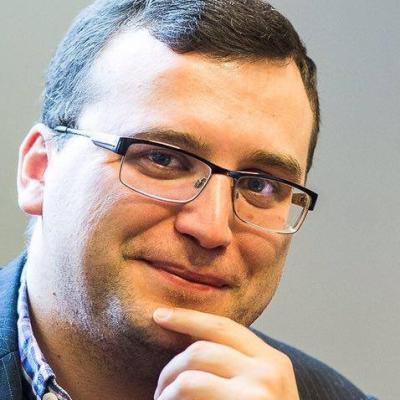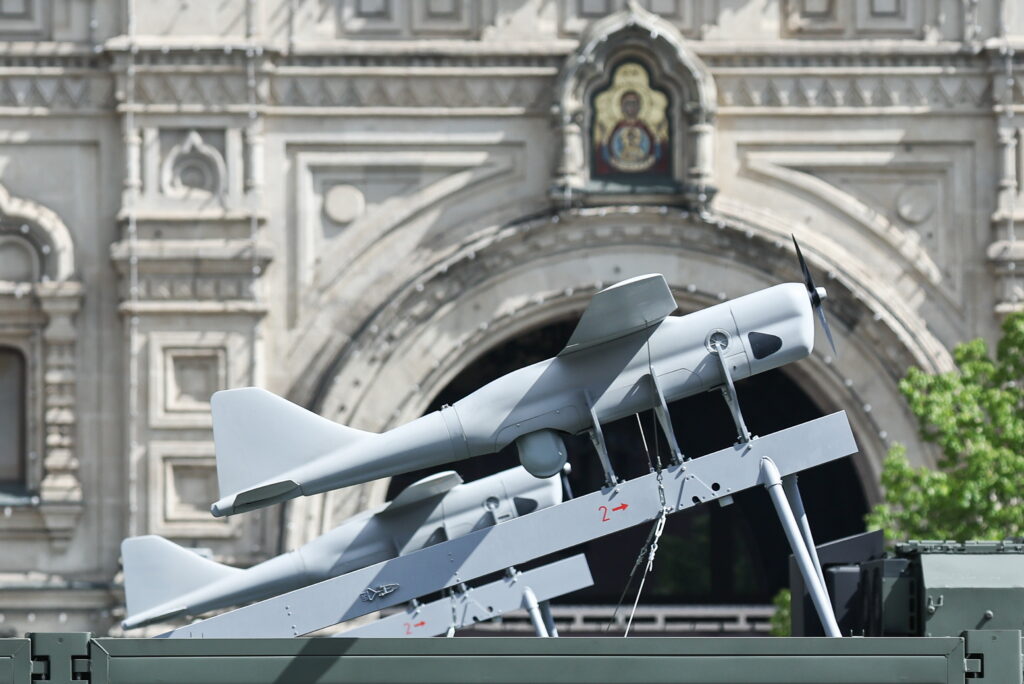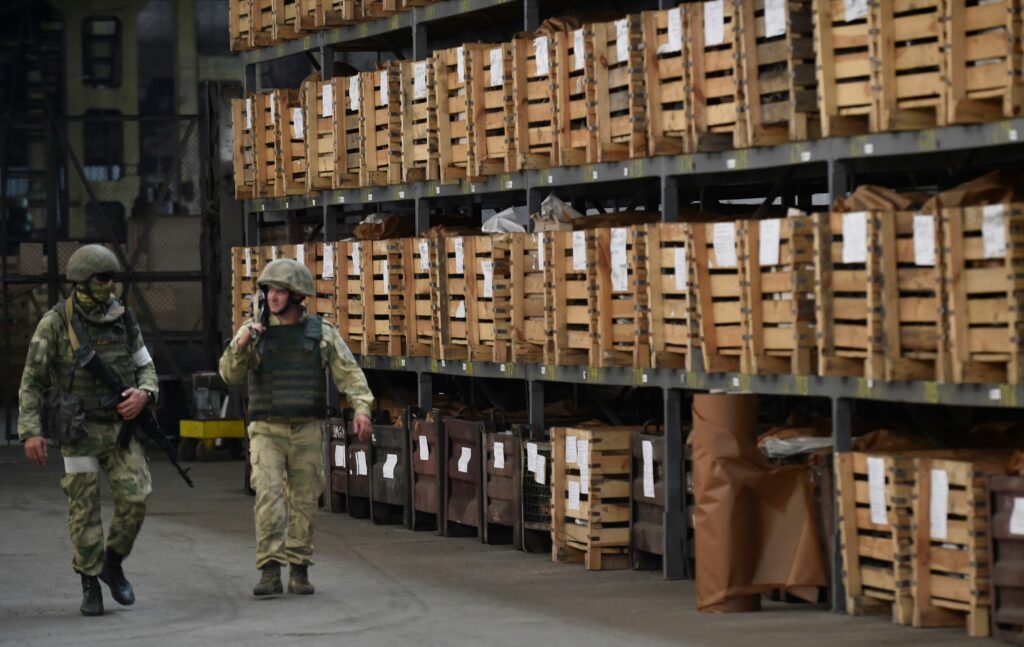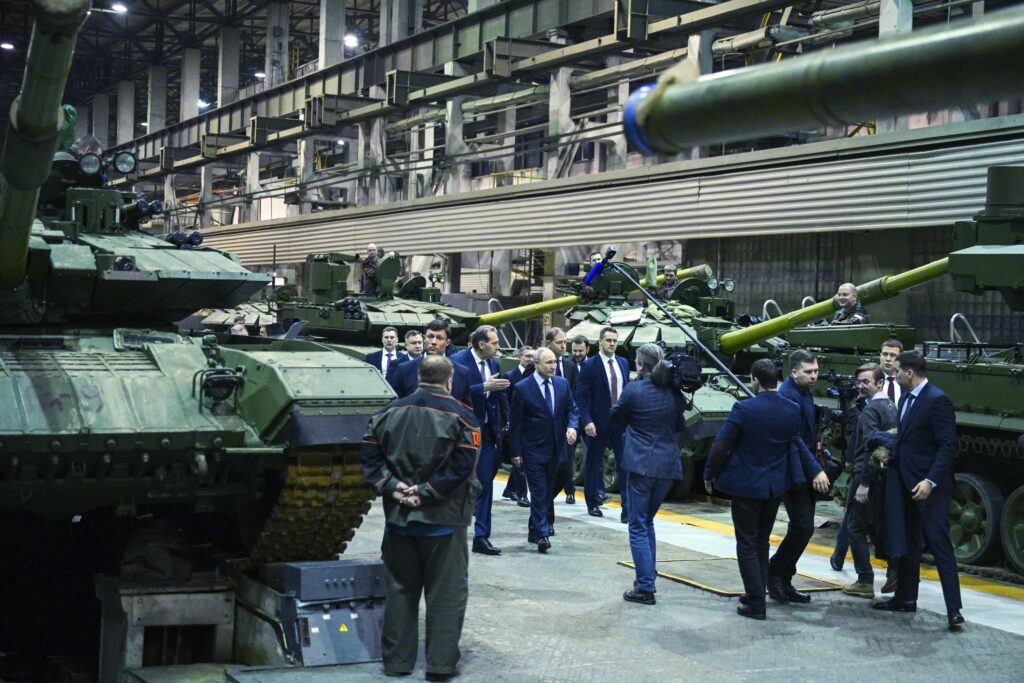Russia’s new state arms procurement programme for the next decade, GPV-2027, involves over 20 trillion roubles. At the current exchange rate, that amounts to more than 330 billion US dollars. Persistently high military spending plans over the next ten years were to be expected. Saturating the army, security and defence forces (siloviki) with new weapons and keeping the Russian military-industrial complex afloat are among the Kremlin’s key objectives. However, today’s political undercurrents are clearly traceable beneath these spending figures.
Essentially, judging by some of these spending plans, the current Russian government does not see a constructive role for Russia in today’s globalised world. And there is an increasing awareness, within government circles, of Russia’s inability to make peace with the West on its own terms, which makes any sudden shift towards a more constructive role unlikely. In this latest GPV, this thinking comes through with a focus on military domination on the continent, whereas the potential for operations conducted away from its borders is treated exclusively as a projection of “no access zones” (A2/AD).
All this is coupled with the tendency towards new protectionist measures in the economy and further steps toward nationalisation.
The financial and political features of the GPV
The previous GPV, designed for 2011–2020, is not yet complete, — i.e. the last three years of the old programme will be the first years of the new one. This approach primarily allows the Russian authorities and the military industry to mask failures and delay the timing for the development and production of new weapons. It also enables them to smooth out the lobbying war between different types of troops and the corresponding arms producers: The ‘losers’ still have a predictable level of funding for the period remaining until the end of GPV-2020.
Moreover, GPV-2020 envisaged financing at the level of 19.4 trillion roubles for military purposes. However, in 2011–2017, the programme was financed to the tune of about 9 trillion, likely receiving another 1.5 trillion in 2018. In other words, the almost completed programme will not be paid in full, which reveals an imbalance between the authorities’ plans and the current state of the defence industry and the country’s economy as a whole. In any case, the Kremlin is ready to allocate enormous amounts of money for armament since the maintenance of the military industry enterprises is as important as the saturation of the Russian armed forces with new weapons and equipment in the context of confrontation with the West.
The various games around the GPV involve company executives and senior officials, as well as the authorities of those regions and cities where military production facilities are located. Direct beneficiaries of the arms programme also include 2 million people employed in the Russian military industry. This supports the legitimacy of an authoritarian regime based on corporatism and paternalism.
One cannot help but mention the problems faced by the Russian military industry itself. Defence-oriented companies are almost completely dependent on budget expenditures and tend to generate losses. Within the existing system, any long-term programme undergoes constant adjustments whereas the political vector proves to be more stable.
Defence assets and the consolidation of the elites
It is quite clear that military factories cannot always receive trillions of roubles from the budget. Due to systemic inefficiencies, along with revenue growth, Russian defence companies are increasingly characterised by their rising costs and debts. The Russian authorities are aware of this problem and have set the following goal: to increase the share of civilian products in the proceeds of military factories to 30% by 2025 and to 50% by 2030. Evidence of the authorities’ awareness can also be found in the changing management of the military industry.
For instance, in 2017, the state corporation Rostech, which owns the lion’s share of the Russian defence industry, completed the acquisition of the Kurgan machine-building plant, a manufacturer of infantry fighting vehicles, which used to be part of the now-bankrupt Traktornye Zavody corporation. Starting in early 2018, the state corporation has launched preparations to acquire the state-owned United Aircraft Corporation (Ob’edinennaya Aviastroitel’naya Korporatsiya, OAK), which has received orders for combat and transport aircraft under GPV-2027. This is happening in a situation where, after 2020, military purchases of helicopters (produced by Vertolyoty Rossii, part of Rostech) will be significantly reduced. In other words, a consolidation of manufacturers of aircraft and helicopters is likely to happen.
At the same time, a few years ago, the priority was to have maximum control over the most attractive assets in the context of the ever-increasing military expenditures. This is how Rostech, OAK and others were established. Even in 2014, the possibility of buying out RTI (production of radar stations, communication systems and electronics) from AFK Sistema was considered by Almaz-Antey, a state manufacturer of air defence/missile defence. However, at that time, the idea was abandoned because of the risks of Western sanctions potentially covering RTI.
Since then, military spending has peaked, and industry costs have also risen. As early as 2017, an idea emerged not to buy out but, instead, to merge the assets of RTI with Rostech’s core assets, especially since by the end of the year, RTI was included in the list of defence enterprises potentially affected by American sanctions under CAATSA.
Rostech was also ready to say goodbye to its controlling stake in Kalashnikov, keeping only a blocking stake. The main buyer will be the company’s CEO Alexey Krivoruchko. He is close to Sergei Chemezov (the head of Rostech) and to the oligarchs Iskander Makhmudov and Andrei Bokarev (by 2015 they bought 49% of Kalashnikov but decided to sell their share in November 2017). Rostech also plans to sell a 49% stake in Vysokotochnye Kompleksy to make sure the investor helps it increase civilian production.
In the near future, changes may be seen in the defence assets of yet another oligarch, Oleg Deripaska, who owns the Aviakor plant (repair and modernisation of Tu-95 bombers) and Voenno-Promyshlennaya Kompaniya (production of armoured vehicles and armoured cars). The odds are that the Kremlin is trying to share the burden of the defence industry with its ‘fat cats’ (who, moreover, retained close business and personal ties with Western companies, which is important for Moscow in the time of sanctions), and to intensify the consolidation within the Russian elites. All these steps are being made in exchange for a share in the GPV-2027.
Prospects for a non-market economy
However, a country where over 70% of GDP is generated in sectors controlled by the state, and where the main political goals include the preservation of the integrity of the regime and the change of the international rules of the game, can hardly hope to make an economic leap forward. On this basis, one can try and predict the most probable course of events in how the Kremlin will turn its GPV-2027 expenditures into a level of Russia’s industrial ‘growth’. This is a path leading to strengthened protectionism and special conditions for defence companies.
For example, the OAK is getting ready for serial production of new passenger aircraft MS-21 and IL114, it is participating in the Russian-Chinese project to develop a wide-body cruiser CR929 and is working to resume production of the wide-body passenger aircraft IL-96-400. All these projects are supported by a variety of budget subsidies: for enterprises, for leasing companies, etc. The Russian authorities do not stop there and are preparing to clear the niche occupied by Boeing and Airbus for new civil aircraft, also on the basis of new subsidies, reliefs and customs duties. However, voices are already being heard in Russia in favour of more stringent restrictions on foreign manufacturers.
In parallel, the Kremlin is considering an option to oblige state companies to prioritise the purchase of civilian products to be made by defence enterprises. Clearly, if such measures are implemented, the share of the state in GDP will become even higher. Thus, by the end of GPV2027, the remnants of the market economy in Russia might be finally driven into a kind of ghetto. This would be a logical result of attempts to strike a balance within Russia’s current political and economic system.
Concentration on the continent and the A2/AD projection
Of course, the GPV-2027 has a significance for foreign policy. The previous programme focused on aerospace forces (7.9 trillion roubles for aviation, air defence/missile defence and military satellites) and the sea fleet (5 trillion) while the ground forces and the strategic missile forces received significantly less funding (2.6 trillion and 1 trillion respectively). Striving for balance is the declared idea for the new programme — i.e. the expenditures for ground forces and the strategic missile forces have been increased, whereas the naval forces will receive less.
The GPV-2020 was developed in a situation where the Kremlin declared its desire to modernise Russia, to strengthen its role in the global economy and to ‘reset’ the relations with the West after the war in Georgia. Therefore, the projection of power became one of the main priorities of the previous programme. At that time, Moscow ordered two Mistral helicopter carriers from France, two more were going to be built under license, and a series of large amphibious warfare ships and two series of far sea frigates were also planned. It is clear that active actions on sea required, if not a coalition, then at least good relations with the US and Europe. However, all these plans were soon scuttled, first by Putin’s return as president, and then by the annexation of Crimea. Moscow’s new priorities in the sphere of armaments were emerging in Ukraine and Syria.
The Kremlin finally returned to the classical idea of military domination over its neighbours on the continent, so the costs of land armaments have been increasing. Here, the focus is on tanks, new armoured personnel carriers, etc. Incidentally, the Russian government should be happy to observe how China is getting stuck in the Indo-Pacific maritime issues. In economic terms, Russia has nothing to offer to Central Asia (which is being propositioned by Beijing), but the opportunities for force-based intervention in the region remain fully in Russian hands.
The manifestation of power far from Russia’s borders is still possible but it will be carried out mainly by air: under the new weapons programme, Russia should build several dozen upgraded IL76 transport aircraft, modernise the existing long-range bombers and develop a new one. The main task posed for the marine fleet is to create coastal “no access zones” (A2/AD) off the Russian shore or away from the borders, in accordance with the Syrian scenario, coupled with ground forces equipped with air defence/missile defence systems. This is also related to further priorities of the GPO-2027: cruise missiles with sea and air bases and near-sea ships. Accordingly, any potential military campaign carried out by Russia abroad using regular forces will involve the deployment of a permanent military base.
As regards nuclear forces, the GPV-2027 continues and complements the previous programme. Production of the Yars intercontinental ballistic missile (ICBM) has apparently increased to 12-16 units per year instead of 6-10 in the 2000s. However, by 2027 it will be necessary to replace approximately 190 existing ICBMs. Therefore, attempts are being made to create a new heavy (more than 100 tons) Sarmat ICBM instead of R-36 Voevoda of Ukrainian production, which is being gradually phased out. The R&D for the new project is being carried out by the Makeyev State Rocket Centre. At the same time, Russia does not hide its interest in having the new ICBM able to fly through the South Pole, which is explicitly prohibited by the SALT-2 treaty of 1979. In addition, of course, it is planned to complete the construction of a series of 8 submarines with Borey ballistic missiles and to start the development of four Borey-B boats.
If the main plans are successfully carried out, the GPV-2027 will help to intensify the confrontation between the Kremlin and the West. Any authorities in post-Putin Russia will face the temptation to reduce the normalisation of relations to arms control only.










